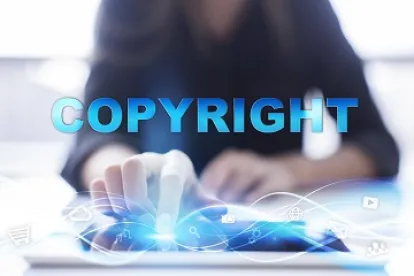In the social media age, sharing is the name of the game. Whether it’s a social media post, a viral image, or even an instructional video, you might want to add it to your own social media platform or even your webpage. But be careful! Just because something is shared on social media doesn’t mean it’s free for the taking. An intellectual property lawyer can help you stay on the right side of the law when you want to share the latest and greatest with your followers or visitors.
The first rule is you should never download an image, video, or sound file and then re-host it on your own website or post it to your social media platform yourself. But there are other ways to share that content with your users without infringing anyone’s rights.
Direct Links Are Your Best Bet…
When in doubt, use links (or “deep links”) to existing content – for example, a link to a YouTube video or an Instagram post that, when clicked, brings the user to that content. The best link is one to the original post or the creator’s channel. If you are not hosting or re-posting the material, you are not directly violating the copyright owner’s rights. Whether it’s a story on social media, the latest viral video, or a fun piece of music, respecting the creator’s rights can be worth sending a user away from your page or opening a new window.
…but Not a Guarantee
Even when using direct links to content online, there is one thing to look out for: make sure what you’re linking to isn’t already infringing! If the linked content itself was uploaded or posted without the permission of the creator, you might be on the hook for contributory copyright infringement. Linking only to uploads and pages you know are authorized is always the safest course of action.
Embedding Is a Risk
Most social media platforms offer the ability to “embed” posts or content, allowing you to include an entire social media post, video player, or audio content on your own webpage just by cutting and pasting a few lines of code. Embedding content is convenient for your users because they don’t have to navigate away, and it keeps them on your site. However, even if the post or content was made by the rights-owner, it’s not at all settled whether you could embed it on your own page without permission. Most social media platforms say they can sublicense embedders to use content users post, but the courts haven’t yet decided whether that protects you from a claim of copyright infringement.
For example, the Federal District Court for the Southern District of New York found both ways within a two-month span last year – in Sinclair v. Ziff Davis, LLC, No. 18 Civ. 790 (KMW), 2020 WL 1847841 (S.D.N.Y. Apr. 13, 2020), that Court dismissed a copyright complaint because the defendant had a sublicense from the platform and in McGucken v. Newsweek, LLC, No. 19 Civ. 9617 (KPF) (S.D.N.Y. Jun. 1, 2020) a different judge on the same court found there was insufficient evidence of a sublicense from the same platform to dismiss a claim for copyright infringement. To make matters worse, some platforms are changing their tune: Instagram recently stated it could grant a sublicense to users who embed posts but does not.
If after considering the pros and cons, you want to use the content on your website or social media feed, it’s always best to ask permission from the copyright owner. You’re also usually safe linking to somewhere the copyright owner uploaded the content. But whatever you want to do, a copyright lawyer can help you navigate your course of action.




 />i
/>i
